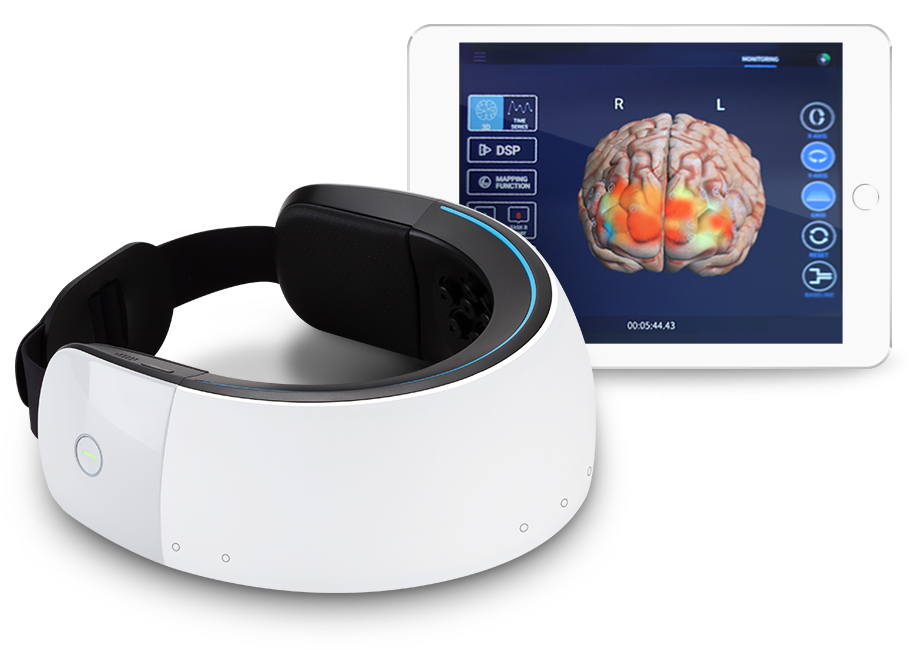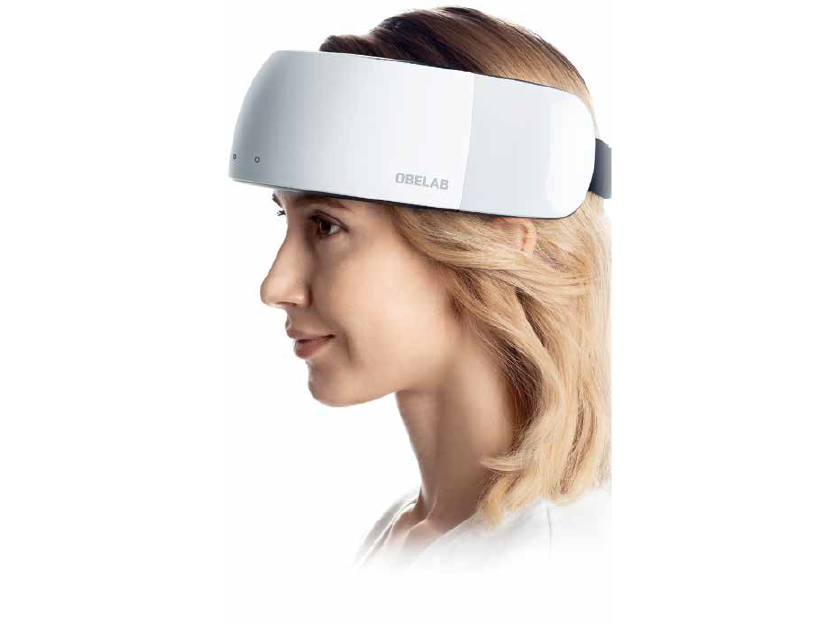Who, When, Where, What, and How?
March 11, 2024
Welcome back to Week 2 of my blog! I thought I’d start off with a little pop quiz. What are the six basic steps of the Scientific Method? If you know the answer, great, shout it out! If you know the answer, but you don’t test well, I’m sure you “knew it all along.” And if you’re sitting there thinking “What’s the Scientific Method?” this is for you:

These are the six basic steps of the Scientific Method, an empirical method that has characterized the development of science since the 17th century, at least, according to my first grade teacher. So naturally, for this project, how could I not follow the Scientific Method? Having covered the motivations behind this project, as well as the questions asked and predictions made, last week, today I’ll be giving you a brief overview of the methodology of this project, i.e., step 4, the experiment itself.
So I’m just going to skip the whole Institutional Review Board (IRB) approval process, because that was probably one of the longest six months of my life. (What is research if not slow, tedious, but incredibly rewarding in the end?) Instead, I’ll get right to where we are now: the recruitment phase.
Participant Recruitment
With a goal of 50 total participants (ages 18-30), we are currently working to recruit 25 autistic participants from Northeast Arc, a nonprofit organization located in greater Boston that provides services and support to autistic individuals, and 25 neurotypical participants from the Boston University student body.
Data Collection
The next phase of the study following participant recruitment is data collection; this consists of the experiment task administration to the participants, which will be spearheaded by my external advisor, Dr. Jonathan Wisco, in either the Northeast Arc Center for Linking Lives or at the Boston University School of Medicine.
Essentially, as part of the experiment, participants will be asked to complete three separate tasks. The first task is meant to test participants’ executive functioning skills, more specifically their problem solving skills; participants will be shown images of bead patterns, each with a missing sequence, and then prompted to verbally indicate the correct missing sequence from four presented options.

The second task is meant to test participants’ fine motor skills; in this examination, participants will be prompted to simply string multiple beads in no particular order.

The third task is a combined version of the first two tasks, meant to test participants’ executive functioning (problem solving) skills while they are completing the task using their fine motor skills; once again, participants will be shown images of bead patterns, each with a missing sequence, and then prompted to manually string the beads in the correct pattern with the missing sequence included.
Additionally, participant brain activity will be simultaneously measured during the data collection process. During each task, participants will be wearing a functional Near Infrared Spectroscopy (fNIRS) headband, as pictured below, a noninvasive neuroimaging device that measures and records brain activity in the form of blood oxygen levels.


So there you have it, the methodology of a likely year-long research process condensed to just a few hundred words. As I previously mentioned, research takes time — it’s an extensive process. And I am beyond thrilled to have you all to accompany me as I journey through it.

Leave a Reply
You must be logged in to post a comment.